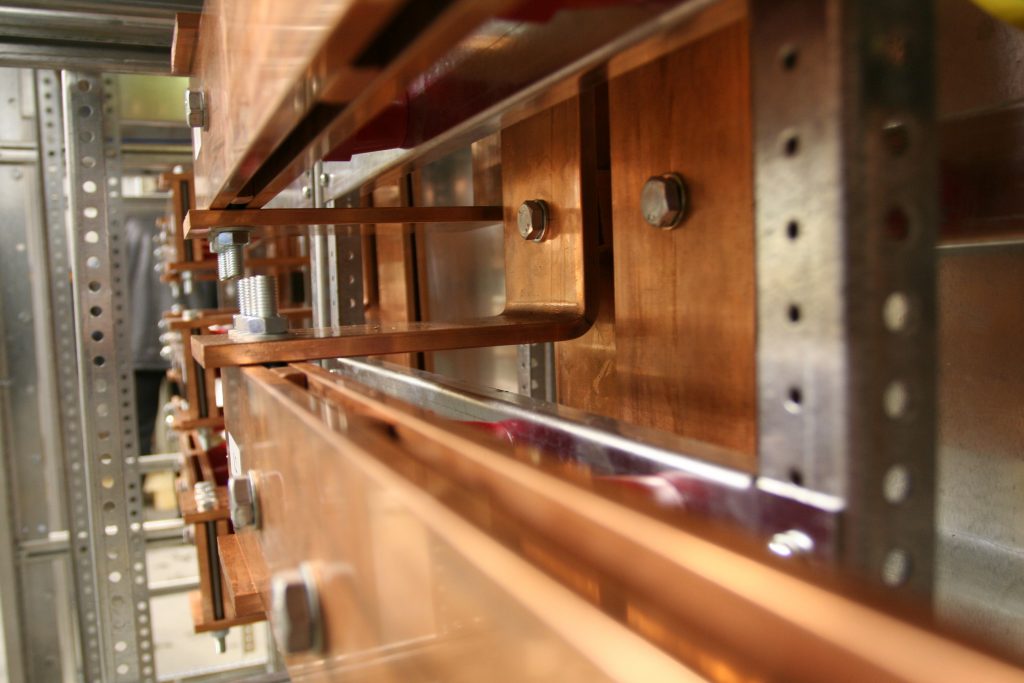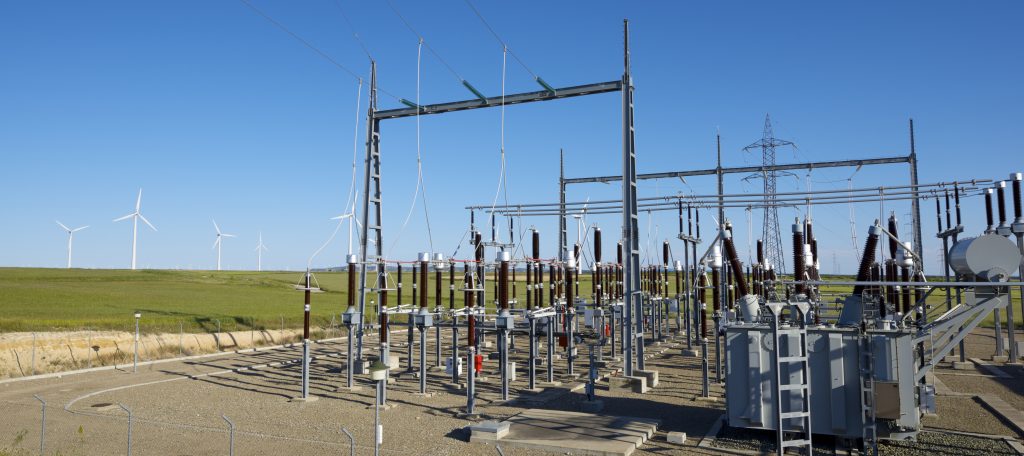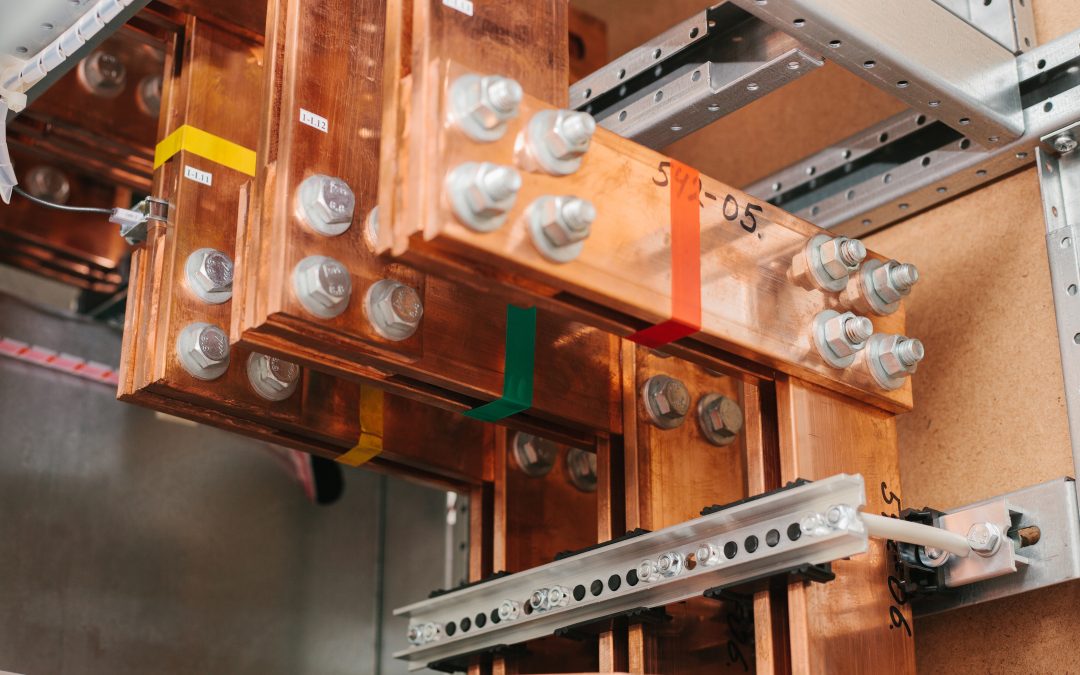Busbars have numerous benefits and are a crucial element within electrical distribution systems, especially when simplifying the process of electrical power distribution, reducing overall cost, and allowing for greater flexibility. They can come in various coatings, from copper to aluminium, as well as different sizes. Depending on the material used and the shape or size of the busbar will determine the ampacity (how much electrical current the product can take before it weakens).
More compact and robust than a wiring harness
Although more expensive than a wiring harness, in the long run, a busbar will last longer, and therefore not require replacement as often.
Distributes power efficiently
Energy efficiency is a particular focus for many businesses in the 21st century and utilising busbar systems can aid in reducing energy consumption. This is because of the nature of the systems, they can be easily adapted for renewable energy integration – an important point to think about with the changing world of energy.
Copper busbars are a great conductor
Known for its conductive qualities, copper is the perfect material, and often the most popular, for busbars, which need to be able to conduct electricity as easily as possible, due to free-moving electrons. Copper is also a particularly strong material, with a high threshold from damage from high temperatures, which increases the life-span of the busbar.

Easily customised for whatever purpose
Utilising busbars allows for more options when it comes to mechanical design. They’re an incredibly versatile product, which means they can be found across factories, hospitals, educational institutions, and more. When space is limited or alternative electrical distribution is required, busbars are fit for purpose.
Because they are so robust and resilient, busbars can withstand external weather conditions extremely well, which makes them a prime candidate for being used on electrical substations or switchyards.

Cost effective in the long run
Although installation can often be costly, especially when developing a completely new system, busbars rarely need replacing. Even when new power points are required, because of the freedom of the units, it removes the need for expensive construction and building costs, which can be time consuming and comes with their own complications.
Dependent on your project and scope, Electropak is able to design and build from your custom specifications, ensuring the highest possible standards. Our busbar engineers have the capabilities to manipulate the busbars for whatever purpose, whether that’s circuit boards or panel board assemblies.
For more information on the types of busbar manufacturing we offer, visit these pages below:


Recent Comments